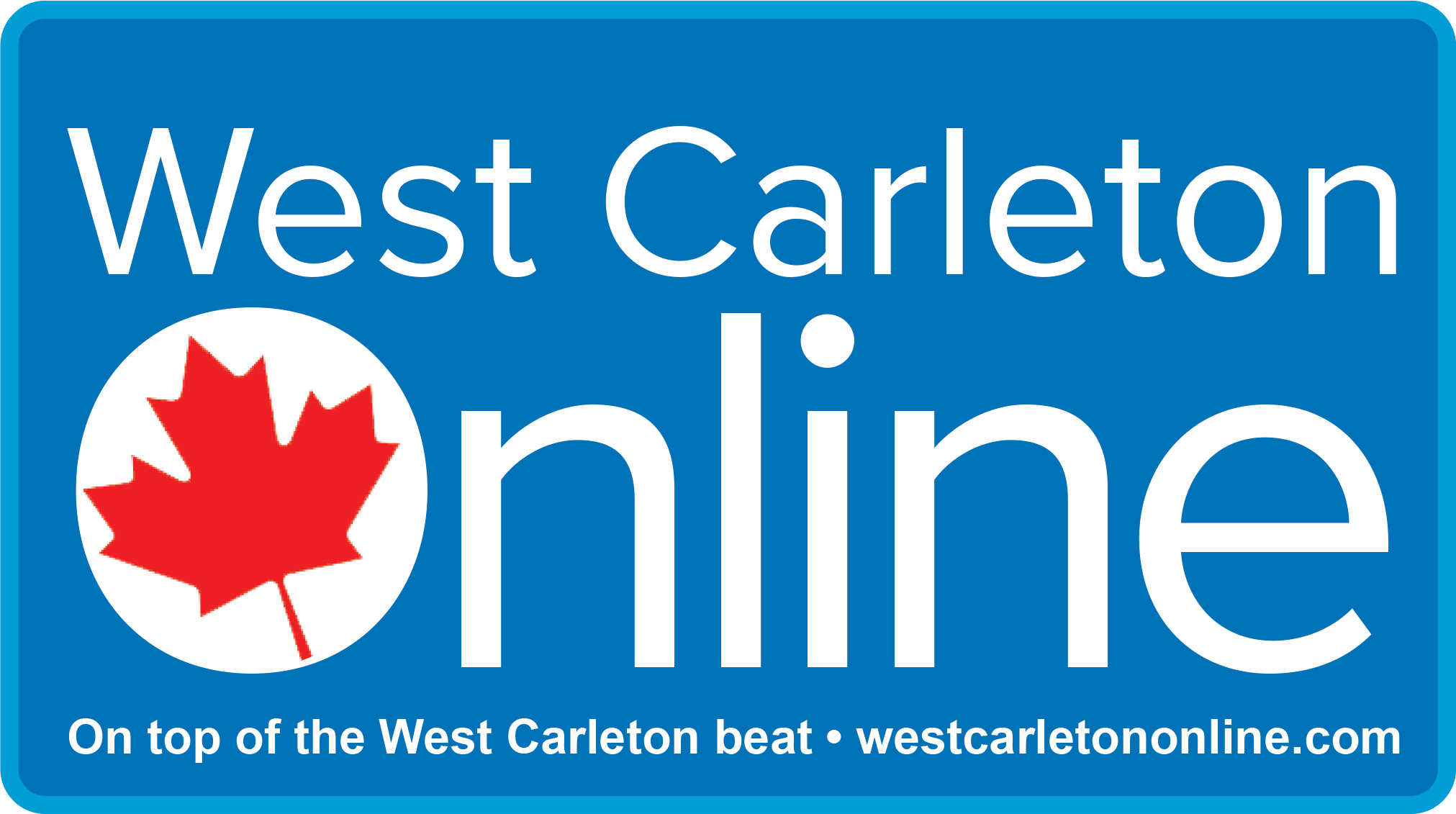At-home schooling extended by province
Special to WC Online
WEST CARLETON — Ontario’s students will be learning from home for most of January the provincial government announced today (Jan. 7).
“As COVID-19 cases continue to rise at an alarming rate throughout the province, the Ontario government, in consultation with the chief medical officer of health and other health experts, is extending certain measures to keep students, education staff, and residents of Northern Ontario safe,” the government released in a statement. “This includes extending online teacher-led learning until Jan. 25, for elementary school students in the 27 Southern Ontario public health unit regions and extending the shutdown in Northern Ontario for another 14 days, aligning with the shutdown period in Southern Ontario. These time-limited measures are being taken to help ensure all Ontarians stay at home as much as possible to minimize transmission of the virus and prevent hospitals from becoming overwhelmed, while at the same time being responsive to the fact Northern Ontario students are not able to learn at home as effectively due to limited access to reliable Internet service.”
(Internet access in West Carleton has also been known to be problematic and West Carleton Online wrote about the issue of at home-learning in West Carleton last August)
“With the public health trends where they are across the province, our priority remains keeping students, teachers, school staff, and all Ontarians safe,” Premier Doug Ford. “That’s why we’re extending the remote learning period for students in Southern Ontario and the shutdown period for Northern Ontario, while continuing to provide financial relief for parents through the Support for Learners program as well as electricity rate relief for all time-of-use customers. We have to get the numbers down and today’s measures will help us continue to stop the spread of this deadly virus.”
Targeted testing done among students and staff in December 2020 confirmed schools are not a significant source of transmission. However, with students having been at home for several weeks and with reports of concerning behaviour over the holidays, the positivity rate among school-aged children has increased sharply. Most troubling, the positivity rate for kids aged 12-13 years old increased from 5.44 per cent in late November, early December to nearly 20 per cent in early January.
In response to increasing community transmission, in-person learning will be deferred to Jan. 25, in Southern Ontario, which aligns with the planned return of in-person learning for secondary school students in these regions. Elementary students and secondary students in the seven Northern Ontario public health unit regions will proceed with returning to in-person learning on Jan. 11.
Ford says returning students to school now with community transmission and positivity rates so high risks losing the hard-fought progress made in keeping schools and students safe. The Ministry of Education will continue to act on the best advice of medical and health experts to ensure that students in Northern Ontario are able to return to school safely and, when safe to do so, students in Southern Ontario as well.
The government’s plan of more than $1.3 billion to protect students and promote safe learning environments will continue to be in place to support students and staff. The plan includes investments in personal protective equipment, improved ventilation, money to support the hiring of additional staff, and the introduction of asymptomatic testing to screen against COVID-19.
“I have and remain firmly committed to getting students back into class as soon as possible – there is nothing more important. However, the best medical and scientific experts have been clear: while schools have been safe places for kids, the sharp rise in community transmission puts that progress and Ontario families at risk,” Minister of Education Stephen Lecce said. “During this time, students will remain engaged in live teacher-led online learning with access to enhanced mental health and technology supports.”
In the nearly two weeks since Ontario was moved into a provincewide shutdown, trends in key public health indicators have continued to worsen in both northern and southern Ontario, including concerning trends in health system capacity, most notably in hospitals. Trends show increasing transmission in many Northern Ontario public health regions, with only one region showing a sustained low level of transmission. In addition, with the increased risk of transmission due to the confirmed presence of the COVID-19 UK variant in the province, the seven public health unit regions in northern Ontario will remain in the shutdown until at least Jan. 23. The impacts of these measures throughout the province will be evaluated after 14 days to determine if it is safe to lift any restrictions or if they need to be extended.
“In the last two weeks, we have seen concerning trends at home and abroad, as well as increased community transmission during the holidays, indicating that it is not yet the time to begin easing public health and workplace safety measures,” Deputy Premier and Minister of Health Christine Elliott said. “While extending the shutdown in northern Ontario is not the news many wanted to hear, we must work together to stop the spread of COVID-19, protect hospital capacity, and save lives.”
The chief medical officer of health will continue to consult with experts, review data, and provide advice to government on the appropriate and effective measures that are needed to protect the health of Ontarians. This will include an assessment of how and when it is safe to exit the Provincewide Shutdown and move public health unit regions back into the COVID-19 Response Framework: Keeping Ontario Safe and Open, including how a revised approach for the safe reopening of retail may be operationalized.
“As the COVID-19 pandemic continues, it is crucial that all Ontarians continue to follow all public health and workplace safety measures,” chief medical officer of health Dr. David Williams said. “To help stop the spread of COVID-19 and safeguard health system capacity, Ontarians are strongly urged to stay at home, limit trips outside of their households for essential reasons only and must not gather with individuals outside of the people they live with.”
To support families during this extended school closure, childcare centres, and home-based childcare services will remain open. Ontario is also expanding eligibility for the Ministry of Education’s targeted emergency childcare program for a broader number of frontline health and safety workers.
In order to continue to support remote learning, the ministry has recommended that a portion of the second half of federal funding, an additional $80 million investment, will be provided for additional technological devices, such as laptops and tablets, to support school boards in procuring about 160,000 additional devices province-wide.
Financial support is also available for families during this temporary remote learning period through the Support for Learners program. Starting on Jan. 11, an expanded Support for Learners program is providing $200 for each child or youth up to Grade 12 and $250 for each child or youth up to age 21 with special needs. Applications will be open until Feb. 8.
For those requiring additional support during this challenging period, Ontario is providing an additional $10 million in support of student mental health, including funding for Kids Help Phone to support children and youth across the province. School Mental Health Ontario will be providing mental health resources and strategies to support students during this period.










